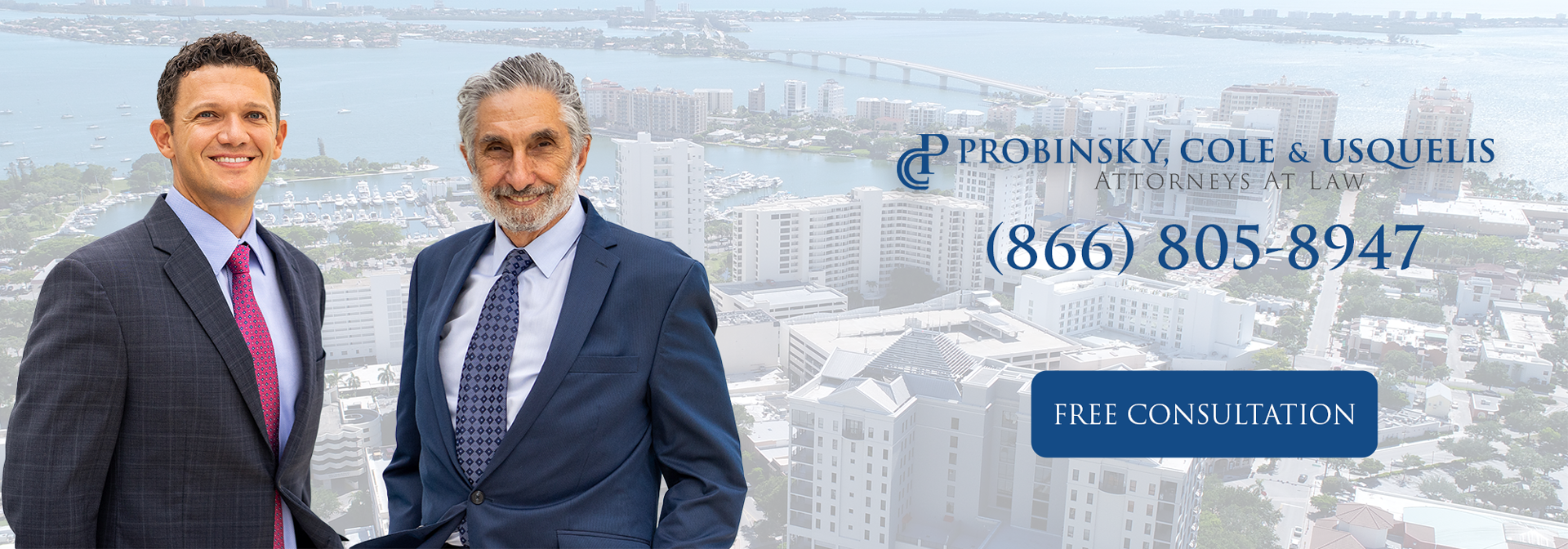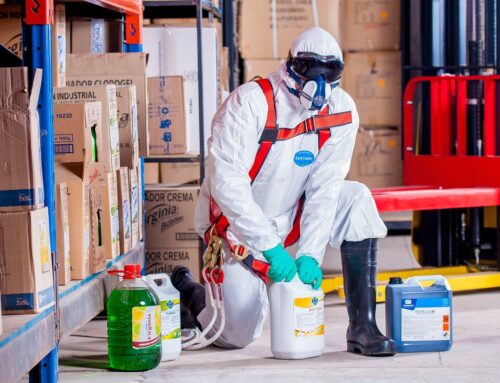The term PPE (personal protective equipment) became widely known over the last 18 months, as the COVID-19 pandemic necessitated drastic measures to keep people safe at work. PPE came to be known as masks, gloves, and respirators – but what many may not realize is that PPE has always been a part of many workplaces.

The Occupational Safety and Health Administration (OSHA) requires that employers protect their employees from hazards in the workplace that could cause injury or illness. While employers can often utilize standards and procedures to afford such protections, sometimes additional measures are necessary. In these cases, employers must provide personal protective equipment (PPE) to their employees and ensure that these items are being utilized properly. Traditional examples of workplace PPE include gloves, eye protection, protective hearing protection, hard hats and
respirators.
As of May 15, 2008, OSHA extended the law, making it a law that employers must not only provide any OSHA-required equipment – but they must do so free of charge to their employees. This means that workers are not responsible for their own PPE. They are, however, allowed to use their own personal protective equipment as long as it meets OSHA standards.
According to the OSHA website, a comprehensive list of PPE items covered under the law includes:
- Metatarsal foot protection
- Rubber boots with steel toes
- Non-prescription eye protection, goggles, and face shields
- Prescription eyewear inserts/lenses for full
face respirators - Fire fighting PPE (helmet, gloves, boots,
proximity suits, full gear) - Hard hats
- Hearing protection
- Welding PPE
Employers are also obligated by law to control physical hazards as much as possible, train employees in the proper use of the equipment, replace worn or damaged equipment, and providing periodic assessments regarding the efficacy and appropriateness of the PPE usage.
COVID-19 PPE Requirements
COVID-19 brought the importance of personal protective equipment to the top of the news cycle. Employers who had people return to the office or workplace were now required to follow new guidelines, published under OSHA’s Mitigating and Preventing the Spread of COVID-19 in the Workplace document. This publication advised employers to provide all employees with face coverings (i.e., cloth face coverings, surgical masks) unless their work task (such as painting) normally required a respirator. Some other key points include:
- Employers should provide face coverings to the workers at no cost.
- Employers must discuss “reasonable accommodation” for any employees who are unable to wear or have difficulty wearing face coverings due to a disability.
- If deaf or hard-of-hearing employees are in the workplace, employers should obtain masks with clear coverings over the mouth to facilitate lip-reading. These masks should be provided to any employees who come in contact with deaf or hard-of-hearing workers.
The General Duty Clause, Section 5(a)(1) of the Occupational Safety and Health Act applies in the COVID-19 situation. This clause requires employers to provide all employees a place of employment free from recognized hazards that are causing or are likely to cause death or serious physical harm. Acceptable control measures may include a combination of engineering and administrative controls, safe work practices like social distancing and PPE.
If you have concerns about the safety of your work environment, speak to your boss or supervisor about your concerns. If they will not address these concerns and you feel your safety may be at risk, call the attorneys at Probinsky & Cole. We can help you to determine if there is a violation and if you have a legal course of action.






